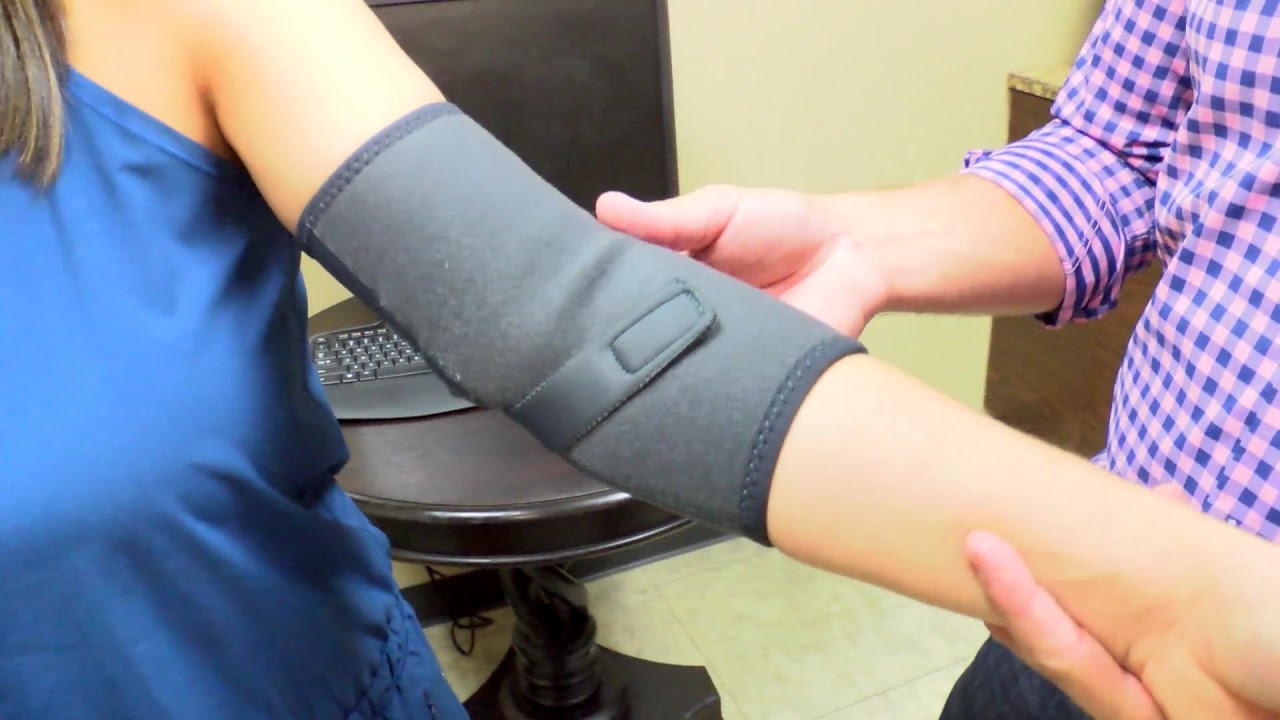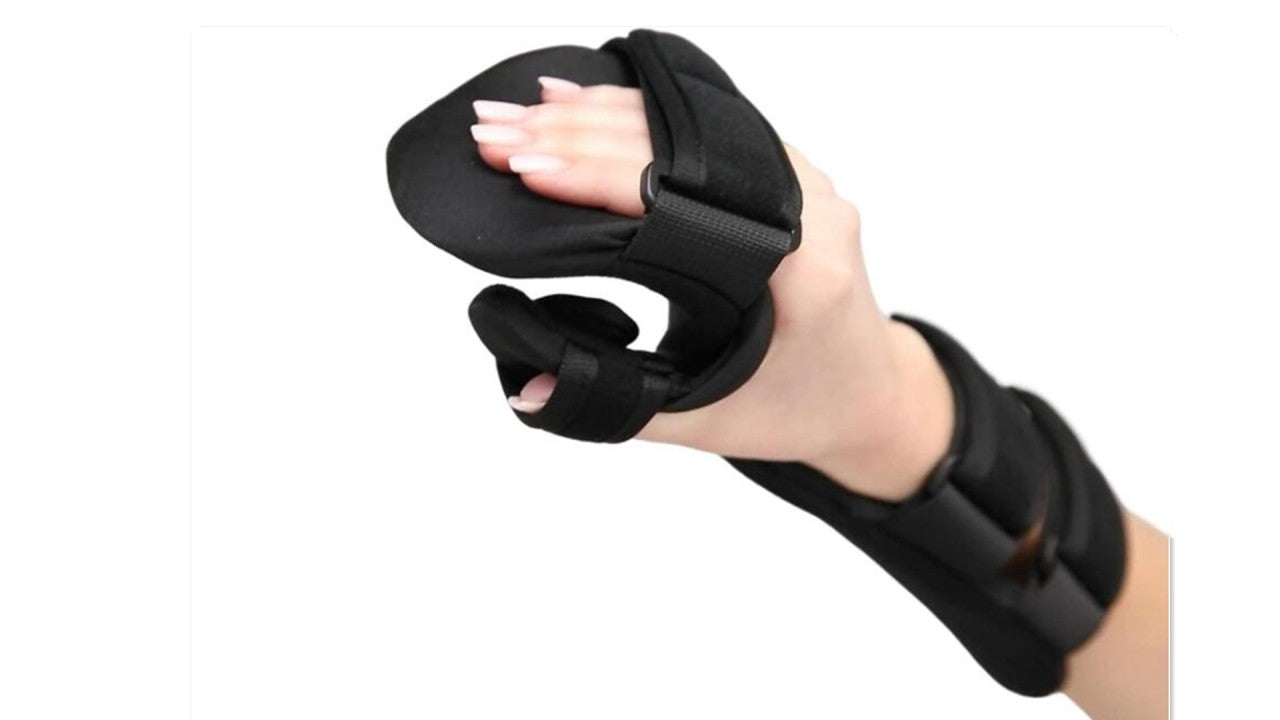Low back pain stands as a widespread medical complaint found in middle-aged adults which impacts people from different age groups and professional backgrounds. The necessity of relief-based treatment emerges through various causes such as injuries plus overuse and medical conditions and poor posture. Medical experts commonly advise patients to use low back braces as a treatment method. When deciding about the need for a low back brace how can you determine if one is necessary?
1. Chronic or Persistent Low Back Pain
A low back brace should be considered by people whose back pain continues beyond weeks and months without productive treatment outcomes. Medical conditions such as degenerative disc disease together with spinal stenosis and arthritis usually cause long-term pain. During daily activities a brace provides three benefits by offering support that reduces spine pressure and relieves discomfort.
2. Post-Surgical Recovery
Muscular stabilization through spinal surgery sometimes requires a low back brace to protect the healing process. Wear of the brace restricts movement in your lower back to avoid disturbing surgical sites while minimizing physical stress on the muscles. Nevertheless you must follow your doctor's recommendations about your brace wear periods because regular excessive usage can weaken your muscles.
3. Acute Injury or Muscle Strain
A back brace serves an important short-term supportive role for people who recently experienced back injuries due to heavy lifting strains or sports injuries. The brace helps patients achieve pain-free movements by safeguarding the injured region as it provides necessary recovery time for inflamed ligaments and muscles.
4. Herniated or Bulging Discs
Back braces serve as a useful tool for people who have lumbar disc conditions such as herniated or bulging discs. Nerve compression together with severe pain frequently occurs when these medical conditions affect the body during movement. During healing process medical professionals recommend braces because they restrict movement to reduce nerve stress and help restore your posture throughout the interim period.
5. Spinal Instability or Weak Core Muscles
The proper use of back braces becomes essential for patients who have spondylolisthesis or regular spinal instability. The weak core muscles resulting from exercise deficits or age-related deterioration or bodily injuries can be supported by back braces so patients gain muscle strength through therapeutic exercises.
6. Occupational or Repetitive Strain
Your occupational requirements need preventive support through a back brace when your responsibilities include constant lifting activities and bending positions or prolonged sitting and standing duties. Wearing a back brace together with appropriate body mechanics helps achieve correct alignment which minimizes the chances of muscle damage during normal activities.
When Not to Use a Back Brace
Braces have their benefits yet they work differently for each individual patient. Using braces to an extent can cause muscles to waste away and weaken the spinal support system. A brace does not function as an alternative to exercise routine and stretching or professional medical guidance. Before starting with any brace program get medical examination from a doctor as well as from physical therapists and orthopedic specialists.
Conclusion
A spinal support brace serves as a productive device to handle back pain and accelerate the recovery process. The necessary decision depends on whether you should use such devices or not. Your first step when facing severe persisting back pain should be speaking with professional medical practitioners to decide if back brace treatment is suitable.





Leave a comment
This site is protected by hCaptcha and the hCaptcha Privacy Policy and Terms of Service apply.